If you’re visiting Florida, and in particular the Orlando area, Merritt Island Wildlife Refuge on the east coast is well worth a visit, and only about 50 miles away. December to April is by far the time to see the large number of birds that over winter there.
The refuge has a number of drives that you can follow, most people favour the Black Point Drive and a stop atthe Visitor Centre. This January we drove up from Stuart and arrived about mid morning, getting there early would be a better, but there was still plenty to see.
You need to pay a $10 fee at the start of the 7 mile drive. There area number of places to get out of the car for both short and long walks and there are information boards on the route.
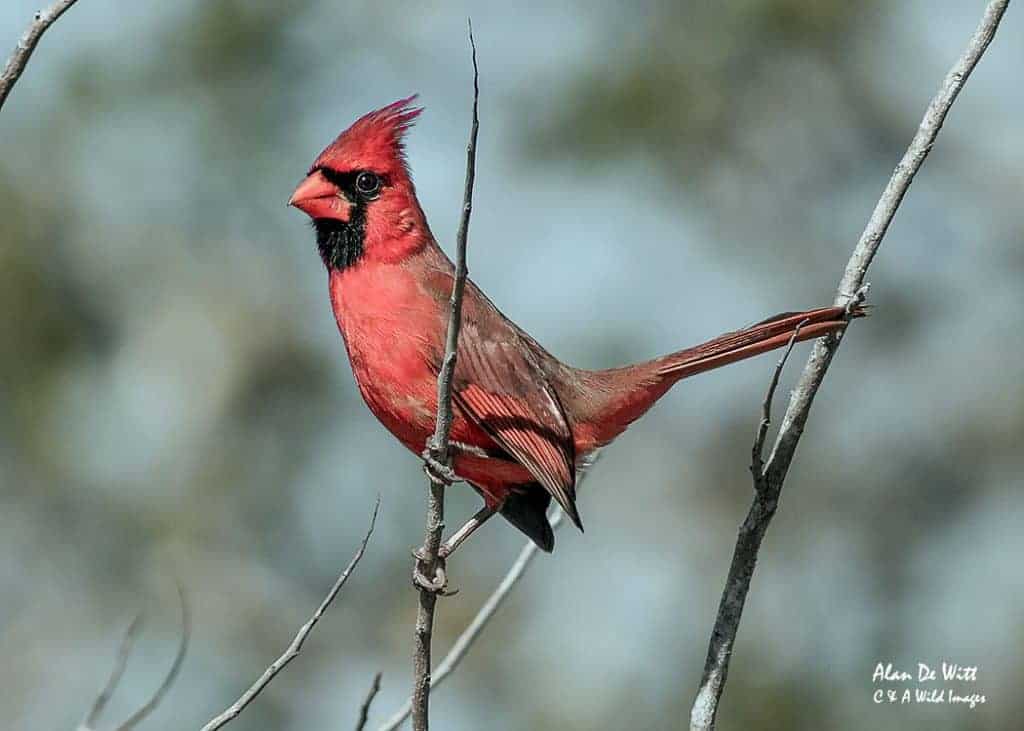
Within minutes of starting we were greeted with some great views of a male Cardinal. January is the dry season in this part of the world so the area was very different from when we visited in July last year. There were large areas of mud flats, crisscrossed with foot prints of the alligators that inhabit the refuge. In the pools that remain wintering birds gather, sometimes in large numbers.

A few hundred yards further along the drive we had some great views of a Reddish Egret, feeding very close to the road in perfect light with the sun behind us.

Merritt Island during the winter and early spring is renowned for its visitors both of the human and feathered kind and our next stop was at an area that was populated by hundreds of pintail ducks.
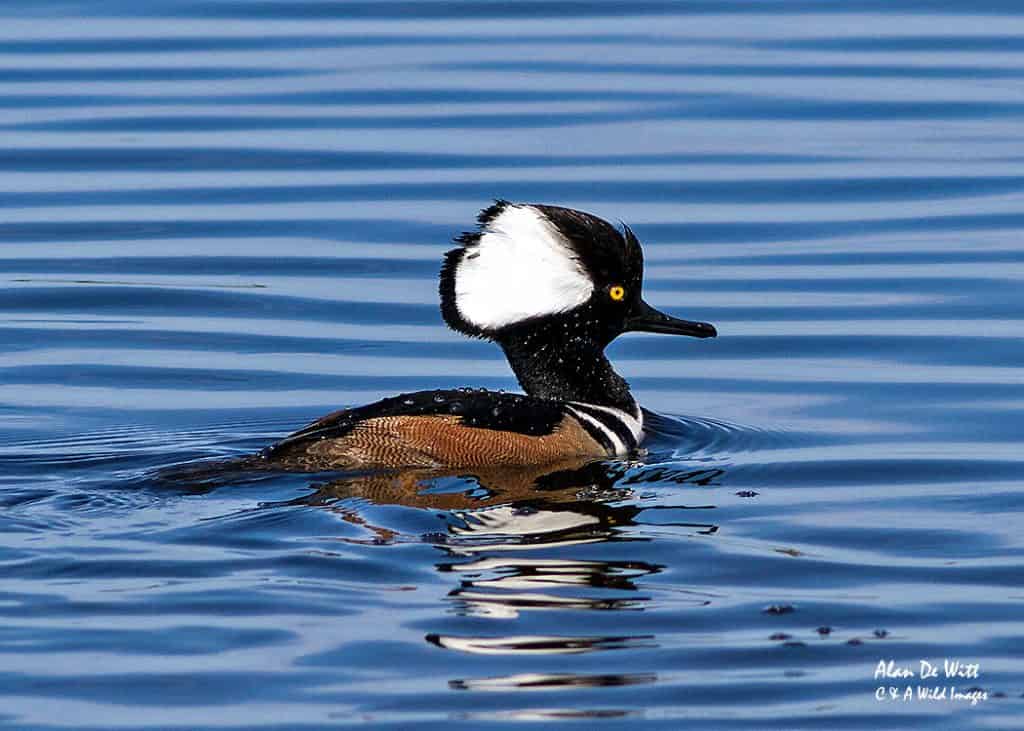
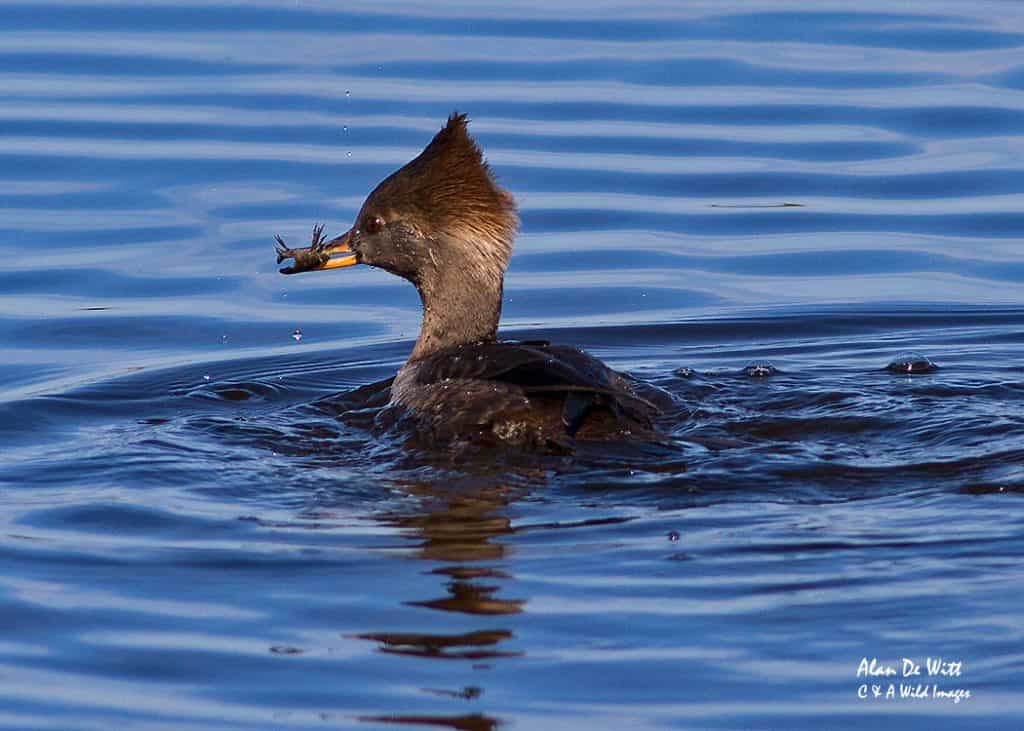
Further along the drive were a pair of Hooded Mergansers, which were swimming close to the shore and fishing for crayfish. There was plenty of evidence of the abundant underwater life as fish and crabs could be easily seen in the clear water and the reflections in the still water were beautiful.
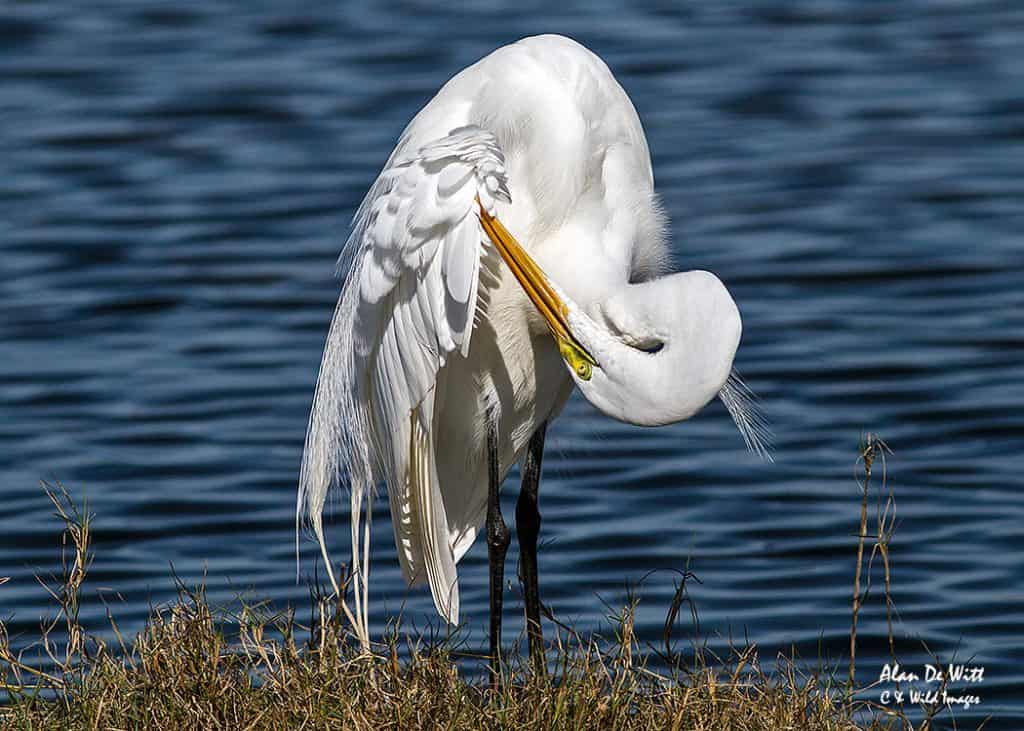
Wild Bird Hiking Trail
There was the opportunity to park and walk along a track to some overlooks. Immediately we saw an otter disappearing quickly down a creek. Along the track two roseate spoonbills were feeding. Their colours were disappointing and they seemed quite small in size.
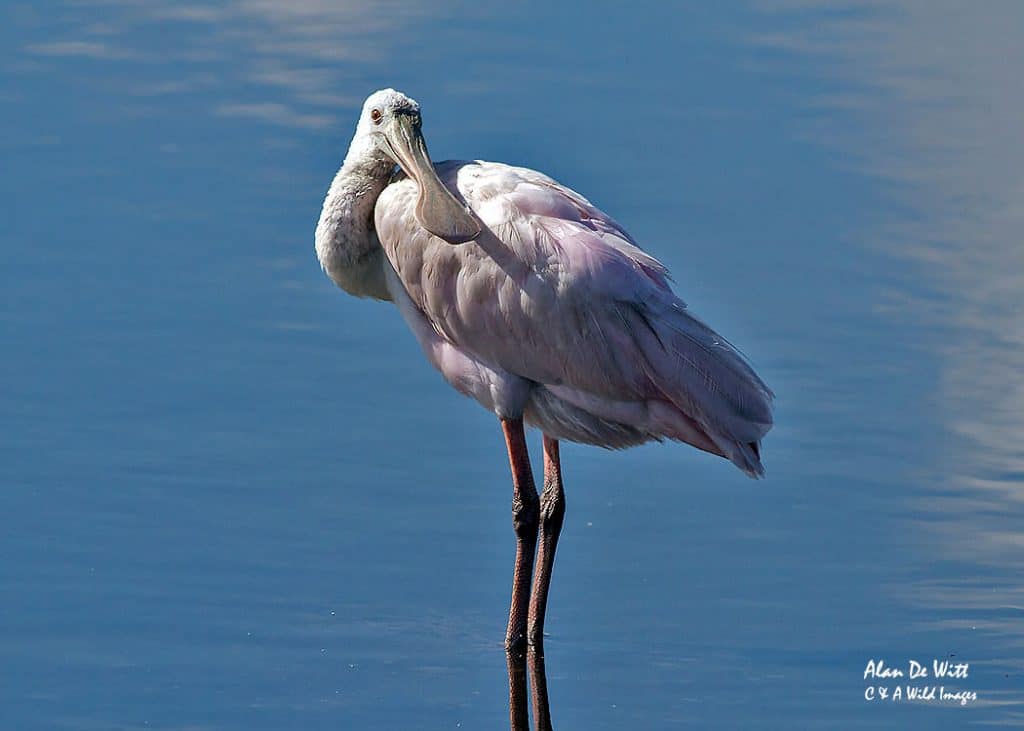
Herons, egrets and ibis were feeding or stalking fish. It was interesting to see them using their wing as a shade to get a better view of the fish. White peacock and Julia butterflies were numerous feeding on nectar from the flowers along the track. A Belted kingfisher perched high on the top of a bush preening his feathers. Walking towards the second overlook we saw the amazing site of a roseate spoonbill, in full colour taking a bath. They really are a beautiful bird and the colour is incredible.

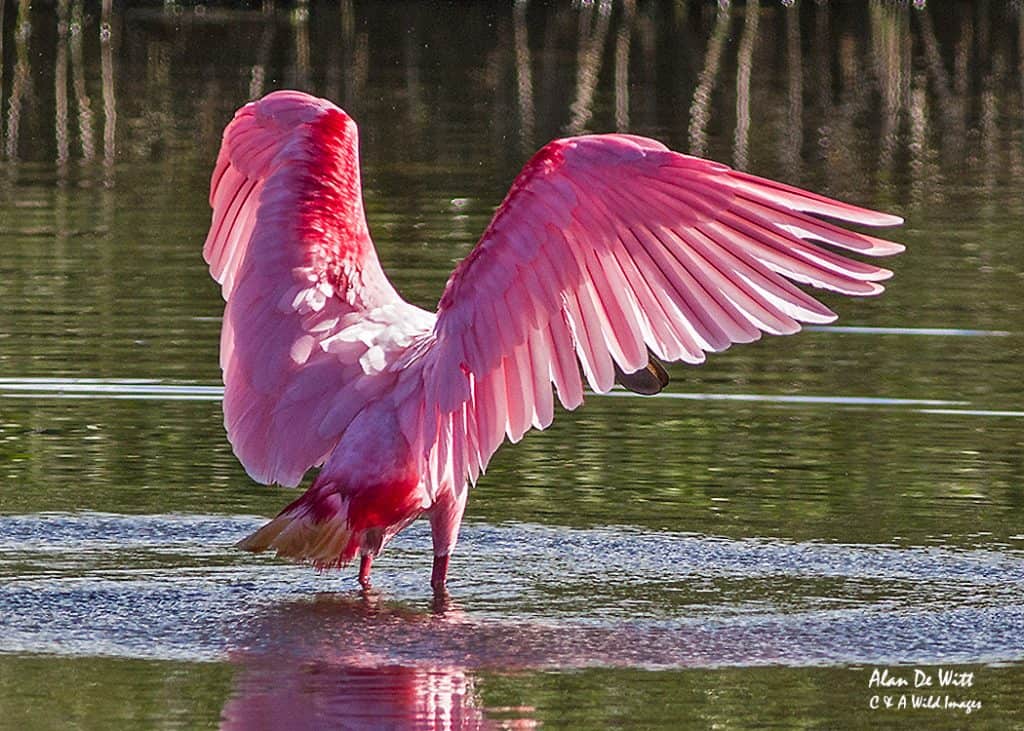
About half way around the drive there’s another rest area and the start of the Cruickshank trail. Here you can take a short walk to an observation tower or opt for the five mile hiking loop that takes you deep into the refuge. We didn’t have time for the 5 mile hike but there was still plenty to see in the mangroves around the tower and parking lot.
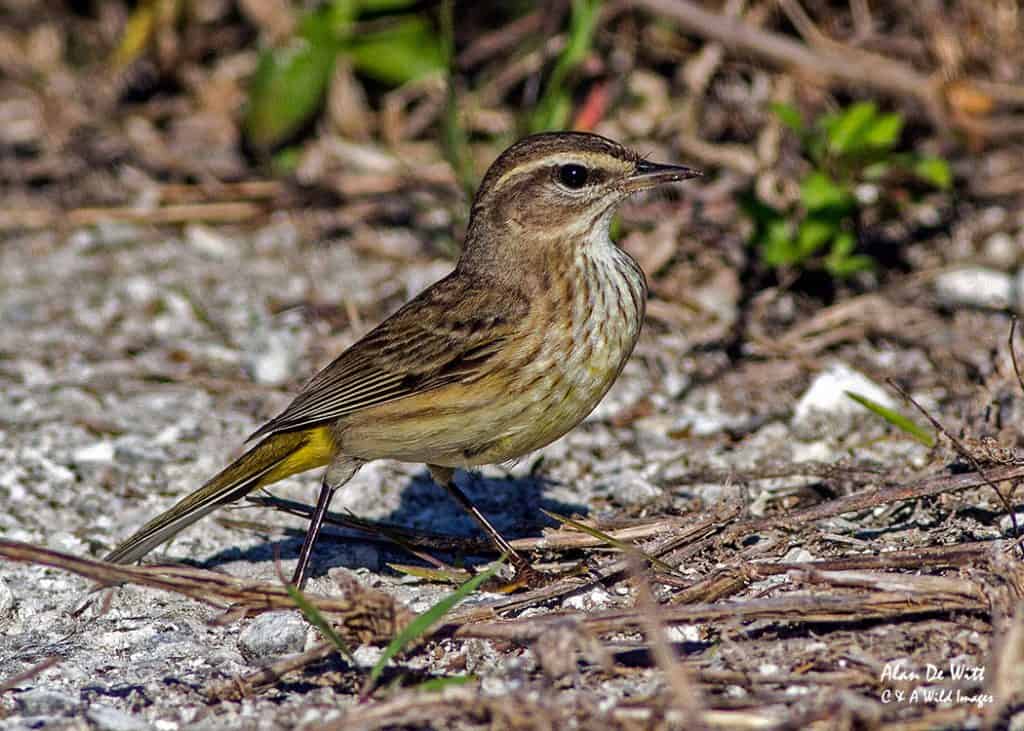
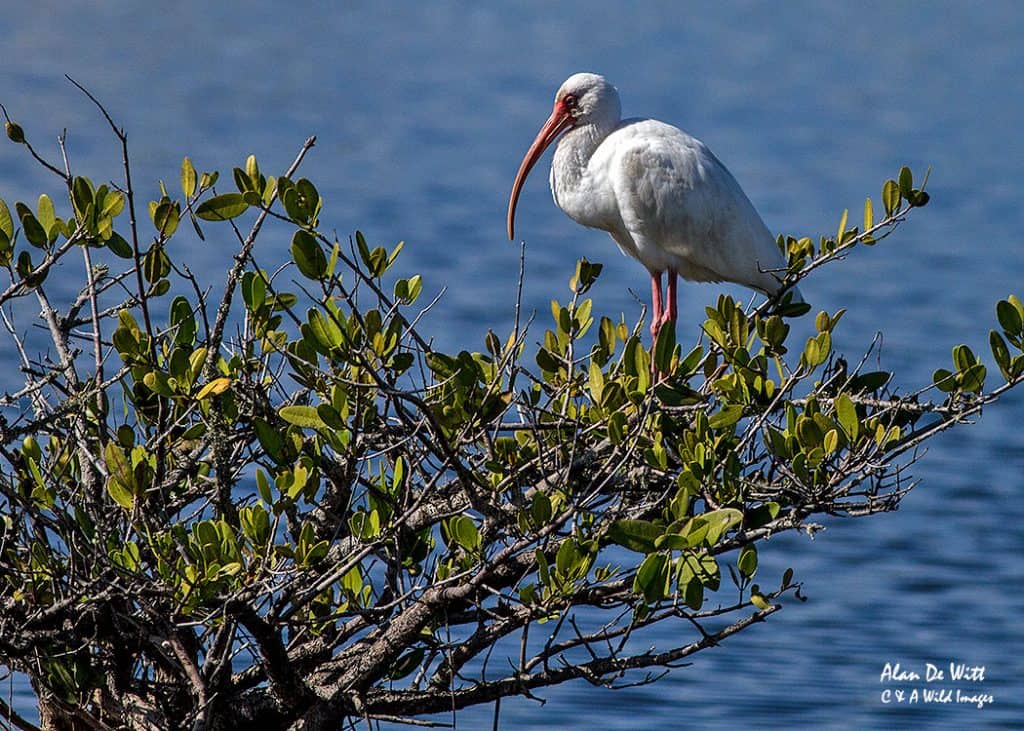
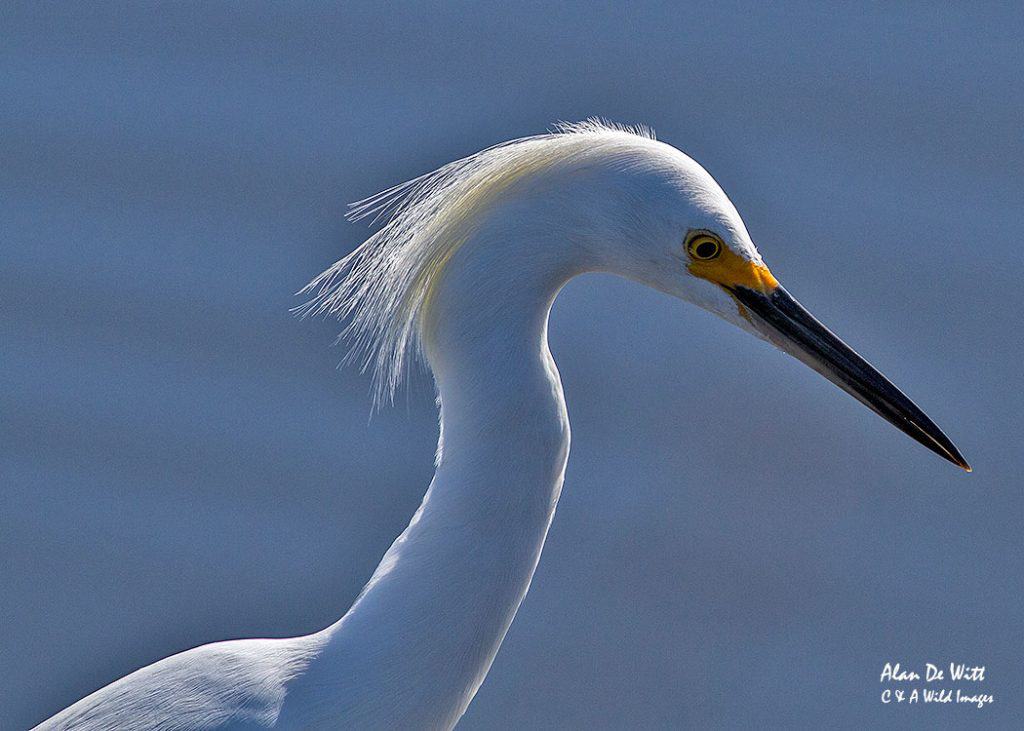
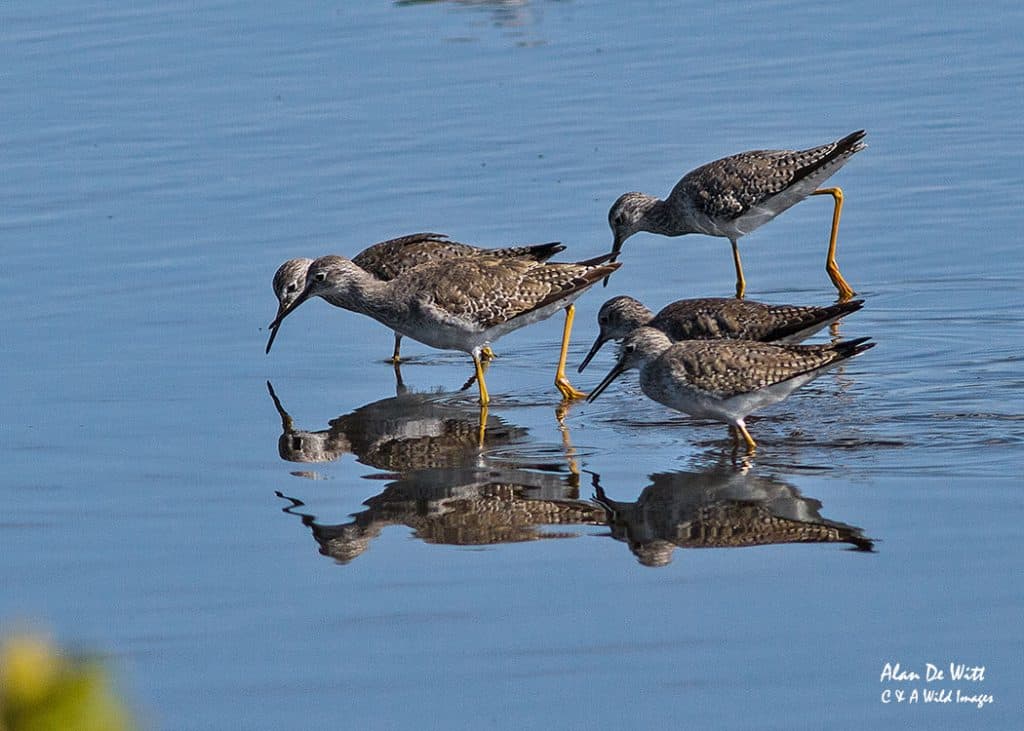
As you travel along the drive the habitat changes from this point to restored marsh and an open waterways home to numerous Alligators, varying in size from small two footers to enormous 10 to 12 footers, weighing in at 500 to 600 pounds.

Nearing the end of the drive, near stop 11, there is a stand of old pines, once the location of an eagles nest which had been abandon in 2013, but on our trip we were treated to views of a Bald Eagle in the pines. Perhaps thinking about re-establishing the nest site, and for us a great finish to the Merritt Island drive.

Alan De Witt
After spending a career that demanded much of my time and energy. I'm now retired and finally found some time to pursue an interest in wildlife and photography as well as putting together a website C & A's Wild Images.
I now live in Norfolk, an ideal location in the UK to see wildlife and over the years have also had the opportunity to visit and spend time using the camera in interesting and sometimes remote parts of the world. I first became interested in trying to capture wildlife images when I left university in the days of slide film. Initially I used two compact cameras with 20+ zooms but now have moved to a professional Canon SLR set-up.
Leave a Reply